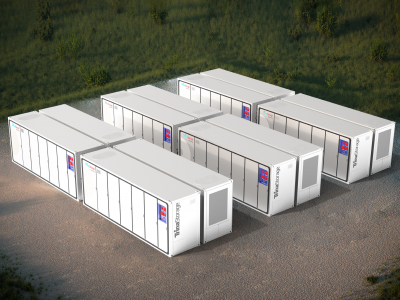Longer-lasting Hydrogen Fuel Cells
Materials scientists at Harvard have created a fuel cell that not only produces energy but also stores it, opening up new possibilities in hydrogen fuel cell technologies. The solid-oxide fuel cell (SOFC) converts hydrogen into electricity, and could have an impact on small-scale portable energy applications.
The thin-film SOFC benefited from recent advances in low-temperature operations, which enabled the integration of versatile materials, said lead researcher Shriram Ramantham. The key component of the new cell is vanadium oxide, a multifunctional material that allows the fuel cell to multitask as both an energy generator and storage medium.
The new fuel cell uses a bi-layer of platinum and vanadium oxide for the anode, which allows the cell to continue operating without fuel for up to 14 times as long as the thin-film SOFCs that use platinum only for the electrodes.
If you want to know more about this and other topics directly from end users of energy storage technologies join us at one of these annual events: The Energy Storage World Forum (Grid Scale Applications), or The Residential Energy Storage Forum, or one of our Training Courses.



